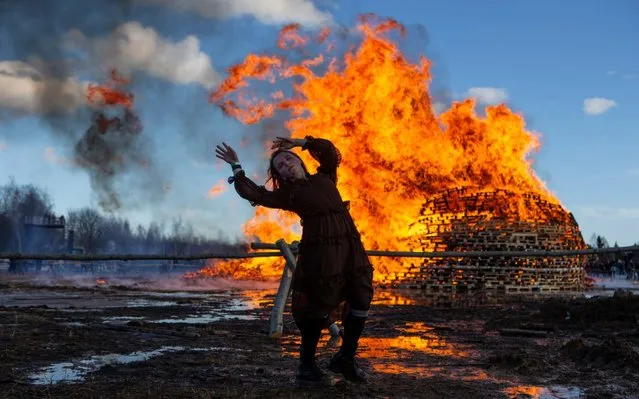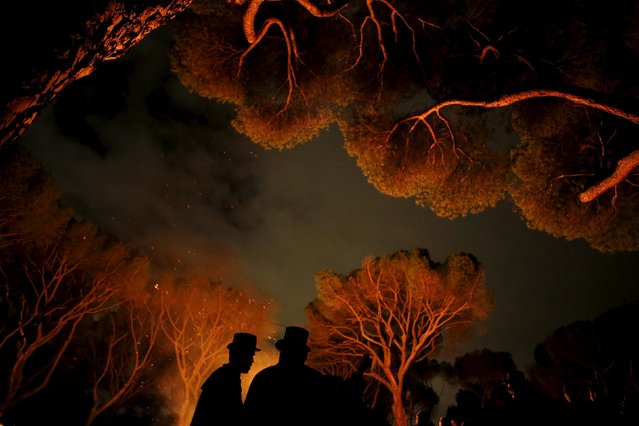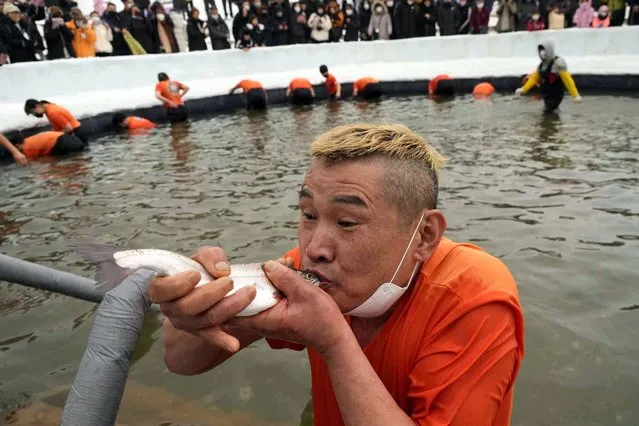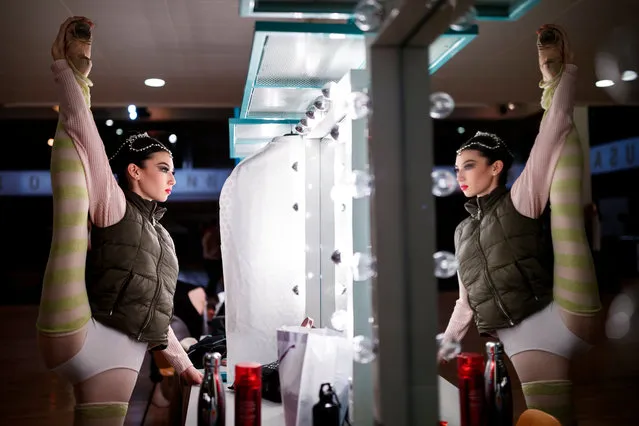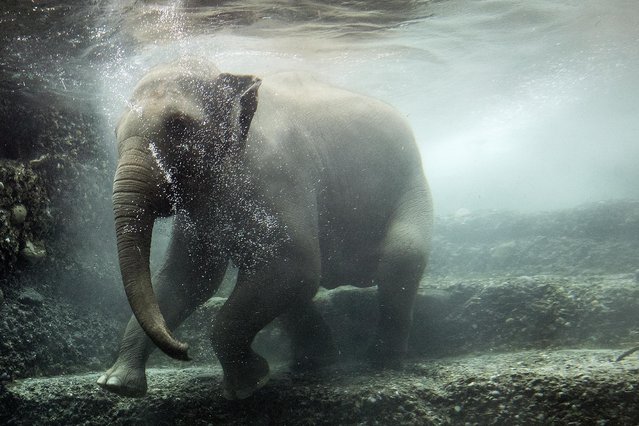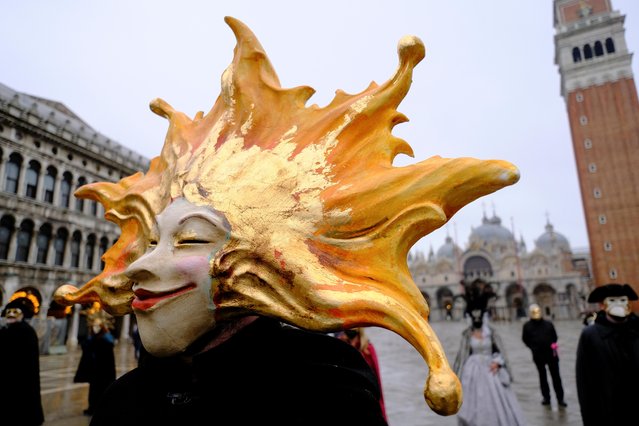
A reveller wears a carnival mask in St. Mark's Square to celebrate Venice's annual colourful carnival, which has been cancelled this year due to the coronavirus disease (COVID-19) pandemic, in Venice, Italy, February 7, 2021. (Photo by Manuel Silvestri/Reuters)
09 Feb 2021 10:24:00,post received
0 comments

